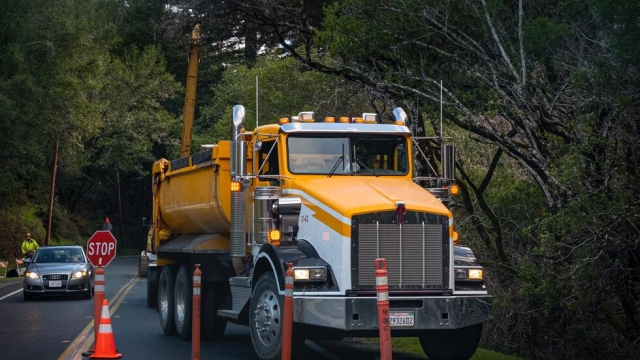
The Road Ahead: Evolution in Heavy Vehicle Manufacturing and Supply
- by Jose Bryant
In today’s dynamic industrial landscape, the domain of heavy vehicle manufacturing and supply stands at a crucial juncture poised for significant evolution. The constant drive for innovation, sustainability, and efficiency has spurred manufacturers and suppliers to rethink traditional production and distribution methods. From advancements in technology to emerging market trends, the heavy vehicle sector is experiencing a transformative shift that is reshaping the way companies operate and compete in the global marketplace.
Amidst this backdrop of change and progress, the emphasis on sustainability and environmental consciousness is becoming increasingly central to the heavy vehicle manufacturing and supply chain. With a growing awareness of the impact of heavy vehicles on the environment, stakeholders are exploring new avenues for reducing carbon footprints, optimizing energy consumption, and integrating eco-friendly practices into every stage of the production and supply process. As regulations tighten and consumer preferences shift towards greener alternatives, the industry is embracing these challenges as opportunities to innovate and lead the way towards a more sustainable future.
Industry Trends
In recent years, heavy vehicle manufacturing and supply have witnessed a shift towards greater sustainability. Companies are increasingly investing in eco-friendly production processes and technologies to reduce carbon emissions and meet regulatory standards.
Another prominent trend in the heavy vehicle industry is the integration of advanced automation and digitalization. Manufacturers are leveraging artificial intelligence and robotics to streamline production, improve efficiency, and enhance overall product quality. This transformation is paving the way for smarter and more connected heavy vehicles.
Moreover, there is a growing focus on developing electric and hybrid heavy vehicles as the industry moves towards greener solutions. With advancements in battery technology and infrastructure support, electric heavy vehicles are becoming more viable and are expected to play a significant role in shaping the future of transportation.
Technological Innovations
In heavy vehicle manufacturing and supply, technological innovations play a crucial role in driving efficiency and productivity. One key area of advancement is the integration of automation and robotics in the production process. These cutting-edge technologies not only streamline manufacturing processes but also enhance precision and quality control.
Another significant technological innovation in heavy vehicle manufacturing is the adoption of telematics and data analytics. By leveraging real-time data insights, manufacturers are able to optimize fleet management, monitor vehicle performance, and predict maintenance needs more accurately. This proactive approach helps in reducing downtime and minimizing operational costs.
Furthermore, the evolution of electric and hybrid propulsion systems is revolutionizing the heavy vehicle industry. With a growing emphasis on sustainability and carbon footprint reduction, manufacturers are investing in research and development to produce more eco-friendly vehicles. Electric and hybrid heavy vehicles not only offer environmental benefits but also present cost-saving opportunities in the long run.
Supply Chain Optimization
In the realm of heavy vehicle manufacturing and supply, optimizing the supply chain is paramount to achieving increased efficiency and cost savings. The process of streamlining the flow of materials, information, and finances across the manufacturing network can lead to reduced lead times and enhanced overall productivity.
Implementing advanced technologies such as real-time tracking systems and data analytics provides manufacturers with valuable insights into supply chain operations. This data-driven approach enables companies to make informed decisions, improve demand forecasting accuracy, and proactively address potential disruptions before they impact production processes.
Collaboration among stakeholders within the supply chain ecosystem is essential for achieving optimization objectives. By fostering strong partnerships with suppliers, distributors, and logistics providers, heavy vehicle manufacturers can create a cohesive network that facilitates seamless communication, inventory management, and distribution strategies.
In today’s dynamic industrial landscape, the domain of heavy vehicle manufacturing and supply stands at a crucial juncture poised for significant evolution. The constant drive for innovation, sustainability, and efficiency has spurred manufacturers and suppliers to rethink traditional production and distribution methods. From advancements in technology to emerging market trends, the heavy vehicle sector is…
